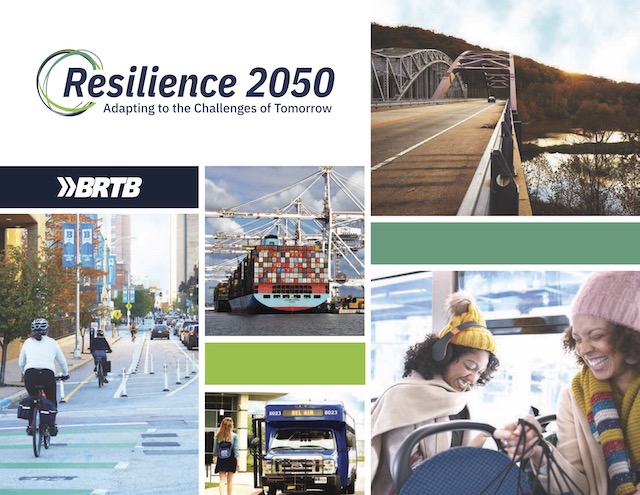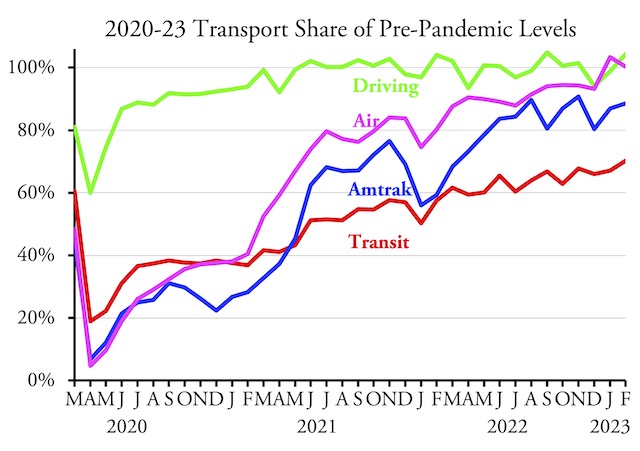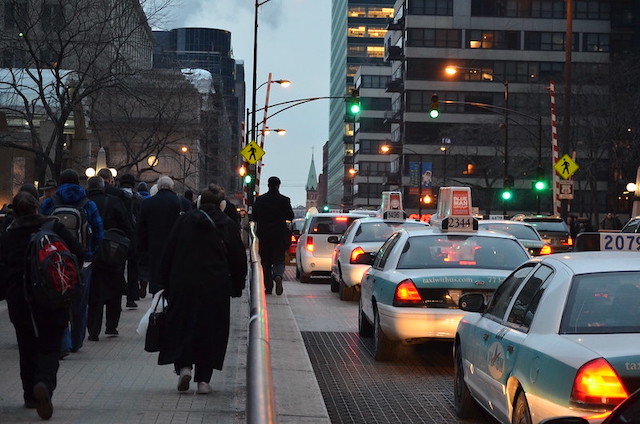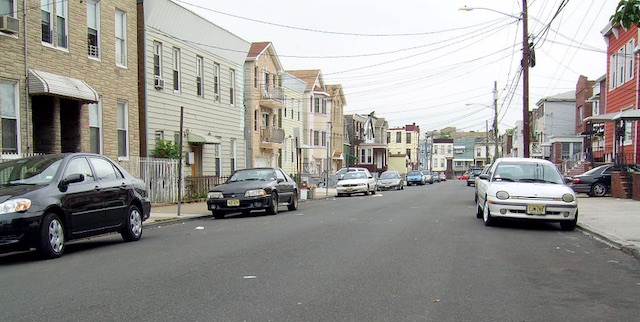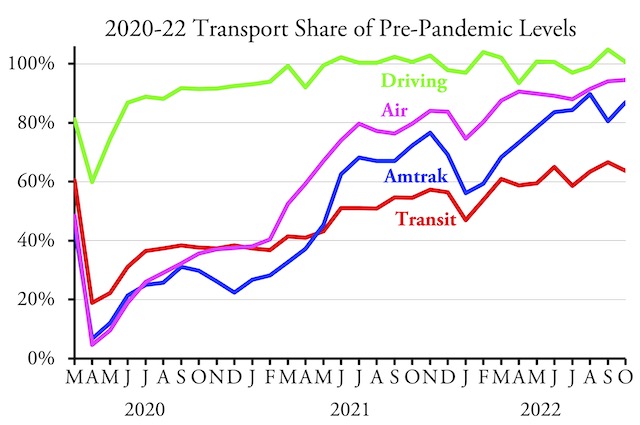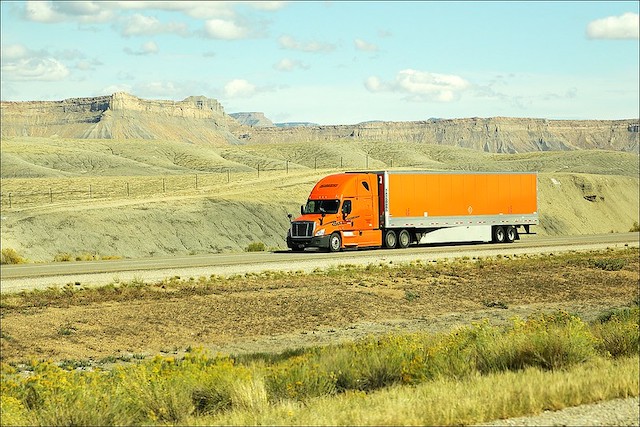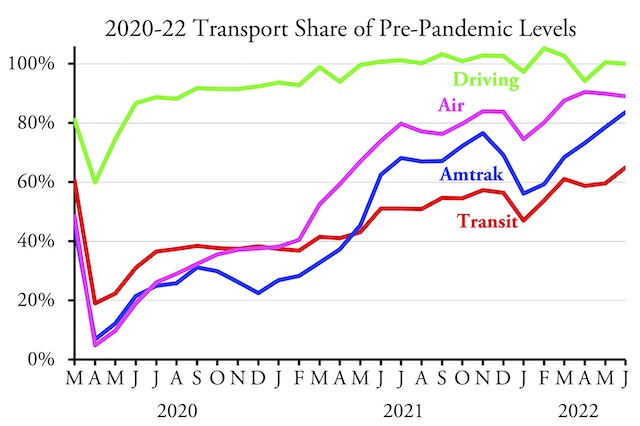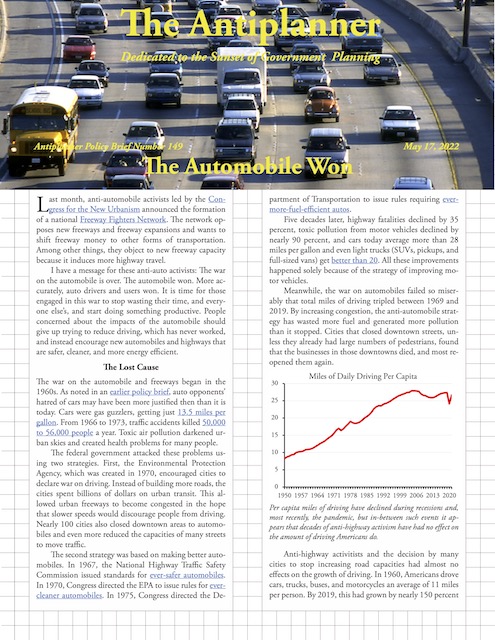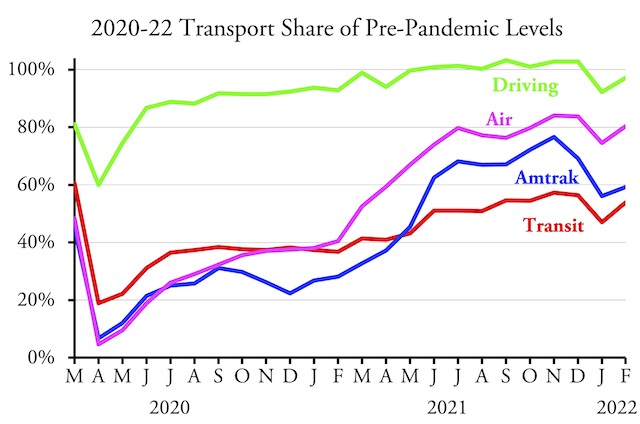Just once, I’d like to see a regional transportation plan that didn’t try to transform the region into some planner’s fantasy of how people should live but instead tried to serve the actual transportation needs of the people who lived there. Unfortunately, given that the federal government is giving out tens of billions of dollars for “transformative” projects, we are mainly seeing plans whose only real transformations will be to make some rich people richer and most poor people poorer.
Click image to download a 13.0-MB PDF of this 346-page draft regional transportation plan for Baltimore.
I bring this up because of an op ed earlier this week by two Baltimore-area politicians promoting that region’s $70 billion plan which, they promise, will produce “transformative changes to our transportation system.” More than half of the capital projects in the plan will be for urban transit, including the Red light-rail line that had previously been rejected as a waste of money as well as another, even more-expensive light-rail line. Continue reading

